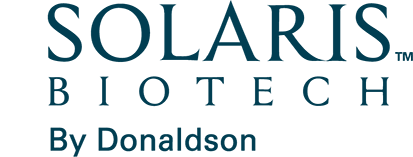Functional food opportunities: exploring new realm with cell-based milk technology
Thanks to cell-based milk technology, a new realm of opportunity for functional foods is being developed.
More and more company are developing a technology that allowed milk to grown from cells.
The milk deriving from the cells comes from a technology that provides for the supply of the cells from the milk itself.
This milk can come from all mammals, including goats, sheep, camels, cows, and humans. The process, in the first instance, isolates the cells from the milk and causes them to grow in large numbers. Subsequently, the cells are exposed to adequately replicated internal breastfeeding means. Then, they act as a factory in which they process the breastfeeding media, continue to multiply and convert the breastfeeding media into milk.
Then they act as a factory in which they process the breastfeeding media, continue to multiply and convert the breastfeeding media into milk.
The goal is to recreate the environment that is present inside a cow’s udder or a human breast outside the body.
Biotechnology companies use this technology thanks to cell cultures made possible by bioreactors: they start from mammalian cells to produce cellular milk and, subsequently, transfer this technical process within a whole series of possible functional foods.
In the first phase of production, as mentioned, breast milk will be developed through the use of volunteer stem cells and subsequently, the oligosaccharides and milk proteins will be used to create functional bioactive foods.
The oligosaccharides and proteins present in milk are necessary for the intestinal and brain health of children and, surprisingly, also of adults.
The first functional prototype offered was composed of a combination of proteins and sugars extracted from milk that can be incorporated into all foods, such as yogurts.
The creation of functional foods from cell milk can derive from both breast milk and cow’s milk, offering the possibility of satisfying different market demands, and guaranteeing nutraceutical companies the possibility of producing the growth factors of the culture media themselves by transforming in food technology centers for the production of food quality growth factors.
Dairy production is responsible for 3% of the world’s annual greenhouse gas emission and over 56 billion farmed animals are killed every year. The principal aim of the creation of animal-free dairy proteins is to nourishing the world with sustainable, healthy and tasty products and to bring animal-free dairy goods for everyone at an affordable price, while preserving the environment and protecting the animals.
Consumer attitudes towards fermenting dairy products are generally positive and progressively increasing.
A joint study by Formo, Mercy For Animals and Fordham University reported positive sentiments about the industry and its impact on animals. The strong enthusiasm of consumers can be deduced from their great motivation to contribute to the development of a new way of producing dairy products: better for the environment, better for animals and urgent given the current population growth.
For companies producing animal-free dairy, it is also useful to always take into consideration the responsibility they have in introducing these products to the world, having to communicate them transparently and honestly not only in their science, but also the logic behind these products.
Products made from whey protein made from microflora engineered to spit out exactly the same proteins found in a cow’s milk will soon take up space in the United States, and several scholars say we will be confronted with these advances more and more frequently also in the rest of the world.
The positive attitude of consumers and the benefit that the environment draws from it, will lead to increasingly increased development and research, crossing the frontiers of traditional dairy production.


